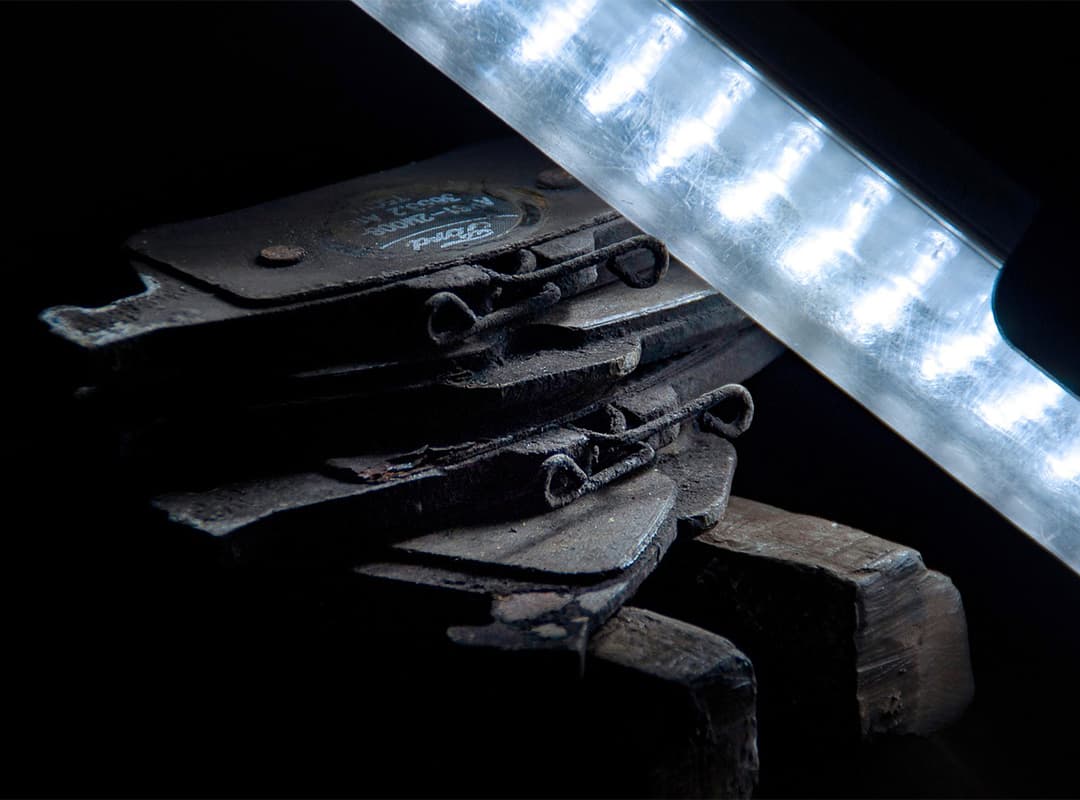Now a few words about the appearance of the pads. The striking thing is that high-quality pads will have good packaging, which must have a mark of conformity to the ECE R90 rule (sometimes R-90 or 90R) – this is at least some guarantee that these pads have passed the standard certification cycle in Europe. The pad itself should not have large cracks (shallow cracks a few millimeters long are acceptable), its backing plate should not be bent, and the friction material should not be separated from the metal base and contain foreign bodies (although small bulges, chips at the edges or paint droplets are acceptable – it’s like rubbing off afterwards).
Now a few words about the construction of the pad. It consists of two main parts – a metal base and a friction material (the pad itself). But some pad manufacturers install a layer between them: for example, Ferodo has a ThermoQuiet line – these are ordinary pads that have an “anti-noise” friction composition, as well as a layer (between the pad and its base) that prevents the transfer of heat from the heated pad to the brake caliper and fluid. The pads themselves are baked from various materials (some manufacturers have up to 150 types – carbohydrates, graphite, borate, oxides, etc., and about 20 additives designed to prevent the pad from squeaking during braking), interconnected by special resins. If the pad was not baked properly, these resins are further baked during braking and brake heating, which is why you need to brake smoothly for the first 500-1000 km, and the pads themselves may smoke. Most often, the pad is reinforced with aramid fibers (Kevlar), less often with steel (used mainly for sports), and modern high-quality pads are necessarily free of asbestos (although sometimes it is included in cheap export pads).
Next, you need to pay attention to the operating temperature of the pad and its coefficient of friction. For civilian driving and even fast driving, pads with an operating temperature of up to +300-350 deg. Sports pads are able to operate up to a temperature of +800-900 deg. C, but their heating occurs only at 100-200 deg. C, which means a complete impossibility of working in urban conditions. Therefore, there is no point in installing racing brake pads on a civilian car, even if their friction coefficient exceeds 0.5 units – after all, in civilian cars it is +150 degrees. C, it can barely reach 0.2. The average value of the coefficient of friction of civilian pads is in the range of 0.3-0.5 units, depending on the company and the pad (0.25-0.35 for ordinary Aftermarket pads, 0.35-0.5 for premium OE pads). And the higher this figure, the better the braking. However, this coefficient often decreases with repeated braking, and the pad needs to cool down to restore its shape.
